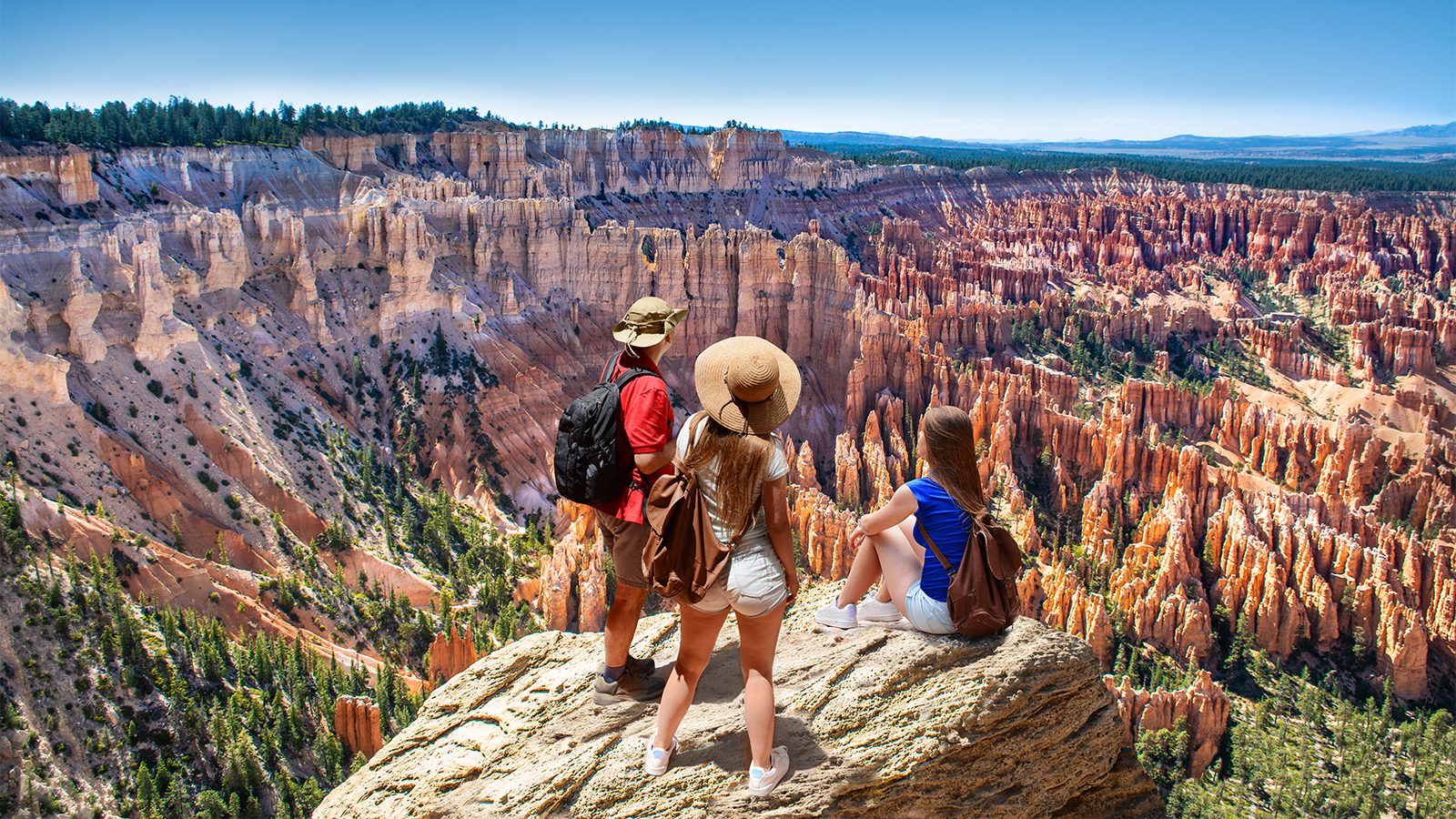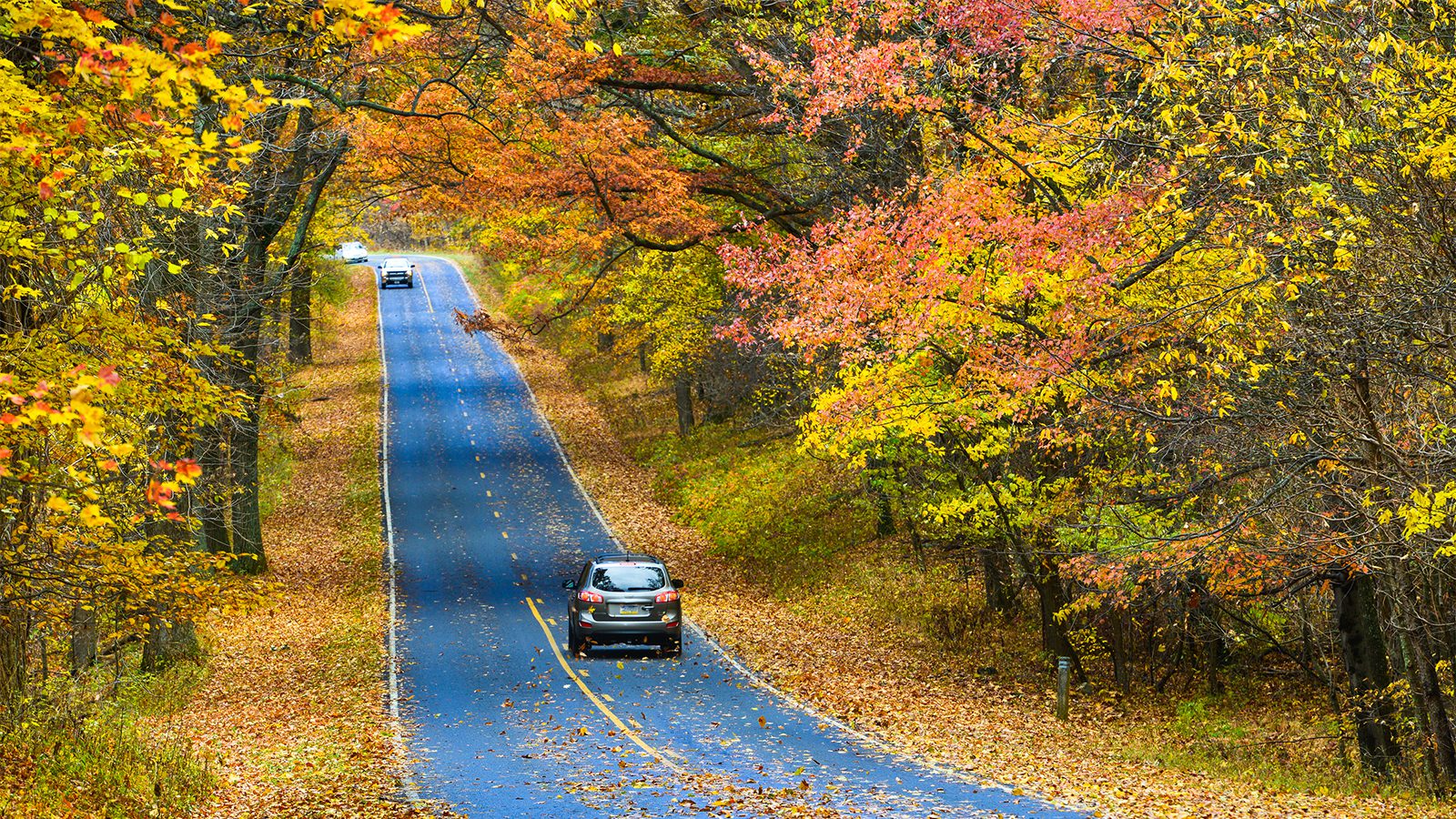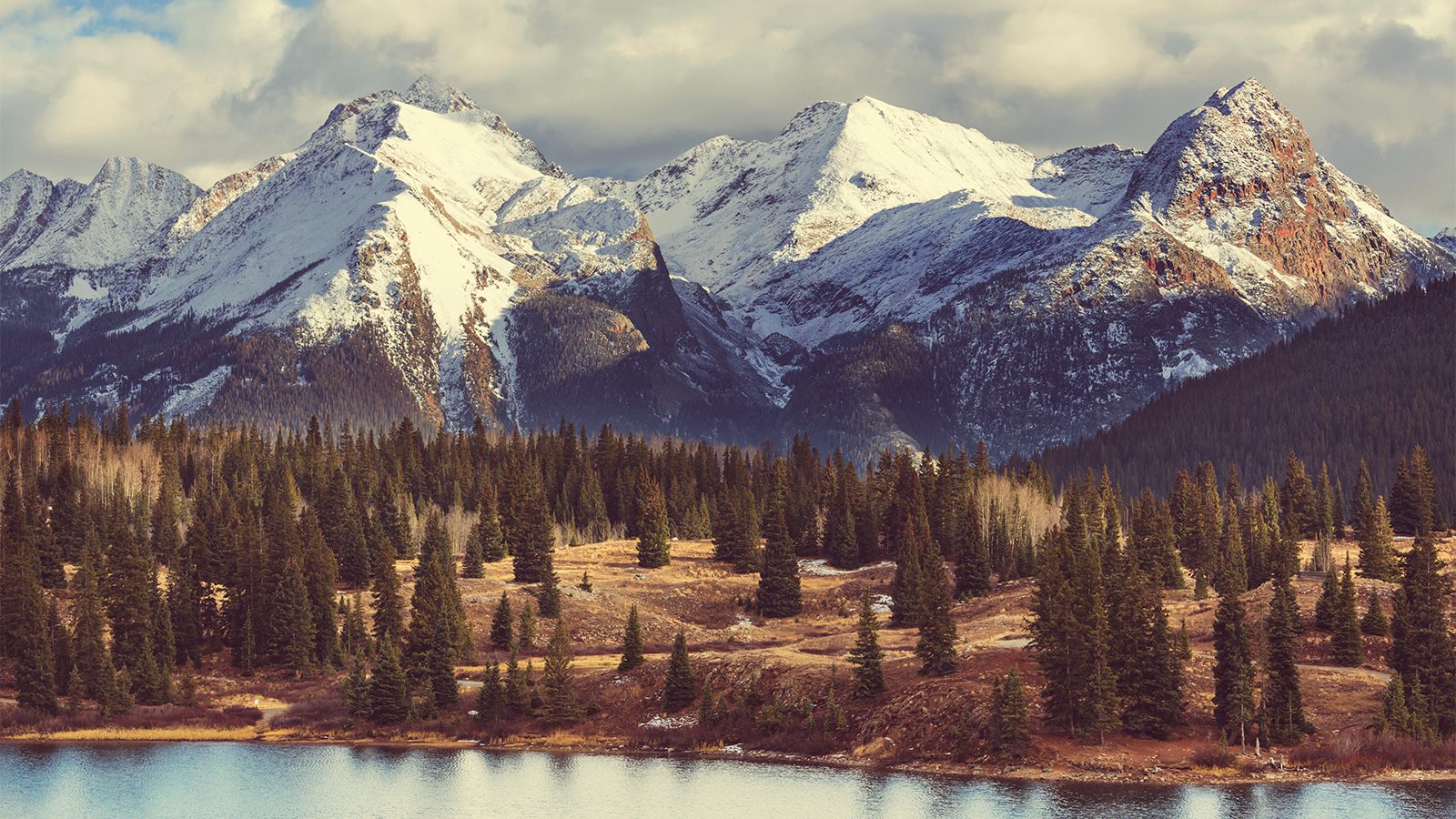Yosemite National Park has a Mediterranean climate (Csa) according to the Köppen climate classification.
In the summer (June to September), the weather is dry with little precipitation, yet comfortable with a daytime high of 80ºF (27ºC) and a nighttime low of 45ºF (7ºC).
Its coldest months (December to January) averages around a low of 27 °F (-3 °C). During other times of the year, there is at least one month (June to September) with an average temperature above 72 °F (22 °C) at Yosemite National Park.
During the shoulder seasons (April to May, October to November), the daytime temperature averages above 10 °C (50 °F).
Average temperature and percipitation
Weather in Yosemite National Park
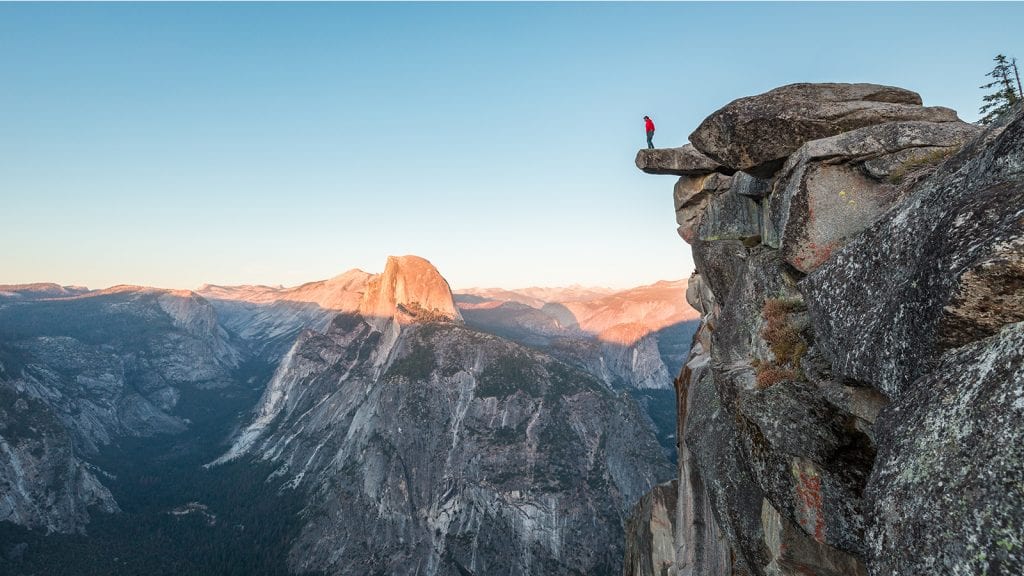
Summer (21 June to 22 September)
- Average Highs : 81 to 89ºF / 27 to 32ºC
- Average Lows : 51 to 57ºF / 11 to 14ºC
Summer is by far the most popular time of year to visit Yosemite, mostly because it coincides with school vacations in the United States.
During the summer months (June to early September), most trails and roads are open so the majority of the park is accessible to visitors.
It is usually warm or hot, with occasional thunderstorms in the afternoon. However, summer is the traditional start of wildfire season in the Sierra Nevada, so smoke, fires, and evacuations are all possible.
Read More : What Should I Pack for Summer Camping?
Fall (23 September to 20 December)
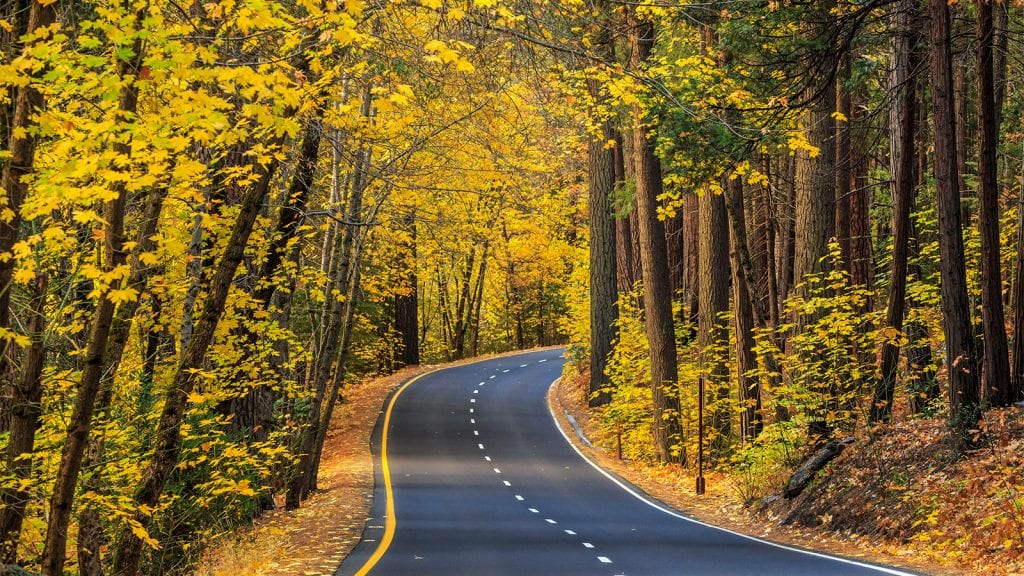
- Average Highs : 56 to 83ºF / 13 to 28ºC
- Average Lows : 33 to 51ºF / 0 to 11ºC
Fall (late September to November) is the best if you want to see the majority of the park, but substantially fewer people.
Unless there’s an excessively large snowstorm, the majority of the park remains open through October, however, there are no services along Tioga Road after September. In the fall, waterfall levels can be quite low, but the fall colors of the region’s deciduous trees are stunning.
Winter (21 December to 19 March)
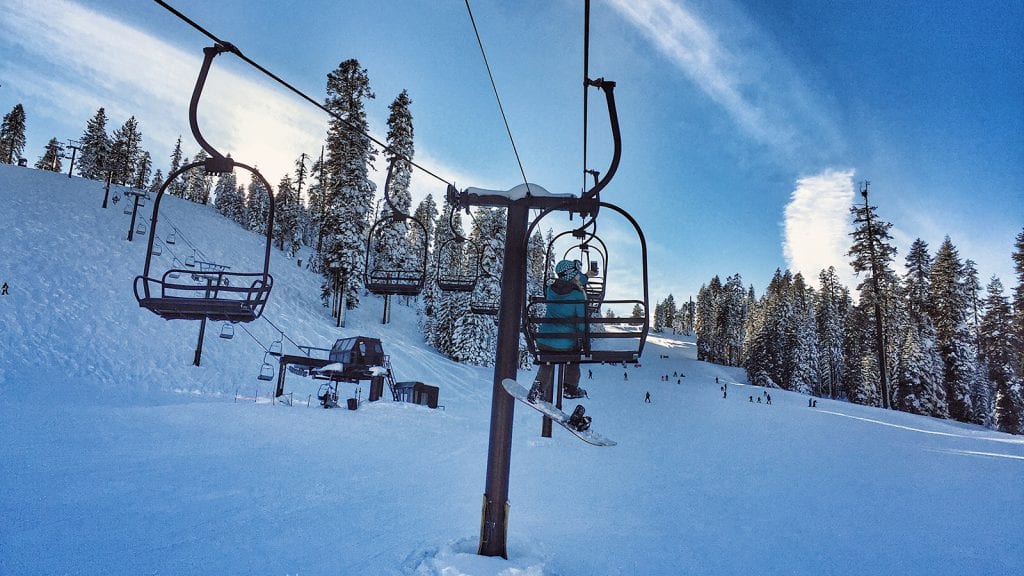
- Average Highs : 46 to 51ºF / 8 to 11ºC
- Average Lows : 28 to 30ºF / -2 to 0ºC
For ample solitude in Yosemite, winter (December to March) is the best season.
That being said, Tioga Pass and Glacier Point are inaccessible by car during the winter and tire chains are often required to get to Yosemite Valley and Wawona.
While the weather might be cold and snowy, the crowds are few and far between, making for excellent skiing and snowshoeing conditions. The winter months are truly a magical time to visit Yosemite if you come prepared with the proper clothing, like heated gloves, winter boots, and winter sleeping bags.
Read More : What Should I Pack for Winter Camping?
Spring (20 March to 20 June)
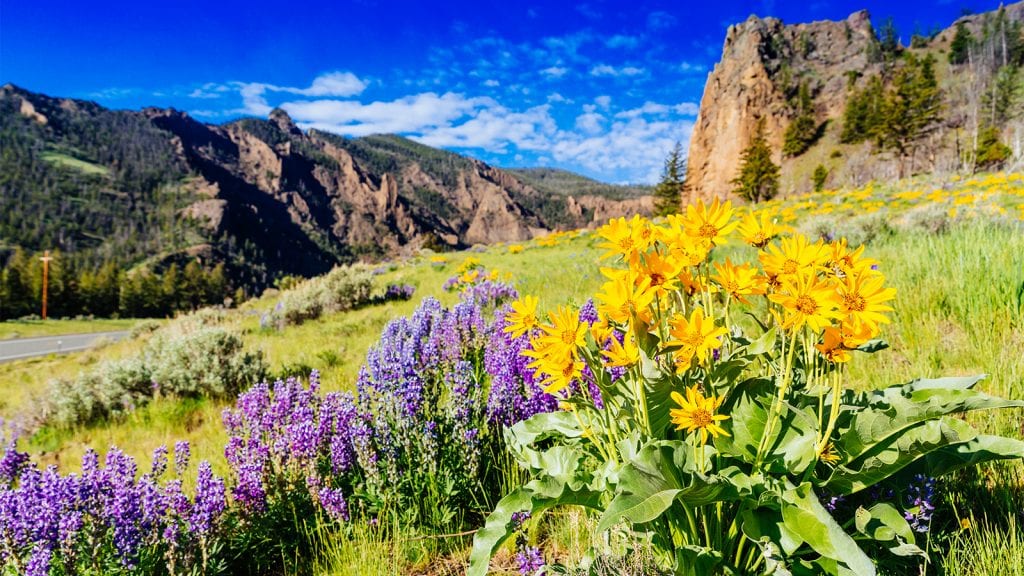
- Average Highs : 57 to 71ºF / 14 to 21ºC
- Average Lows : 34 to 45 / 1 to 7ºC
In general, crowds during the spring are much more manageable, especially when compared to the summer.
However, the weather is very variable and winter storms are not out of the ordinary. Additionally, Tioga Road and Glacier Point Road can remain closed until June due to the snow, which limits the places you can visit during the spring.
Anyone heading into Yosemite at this time should have tire chains and should know how to use them.
Gaby Pilson
Gaby is a professional mountain guide with a master’s degree in outdoor education. She works primarily in the polar regions as an expedition guide, though she can be found hiking, climbing, skiing, sailing, or paddling in some of the world’s most amazing places when not at work.
